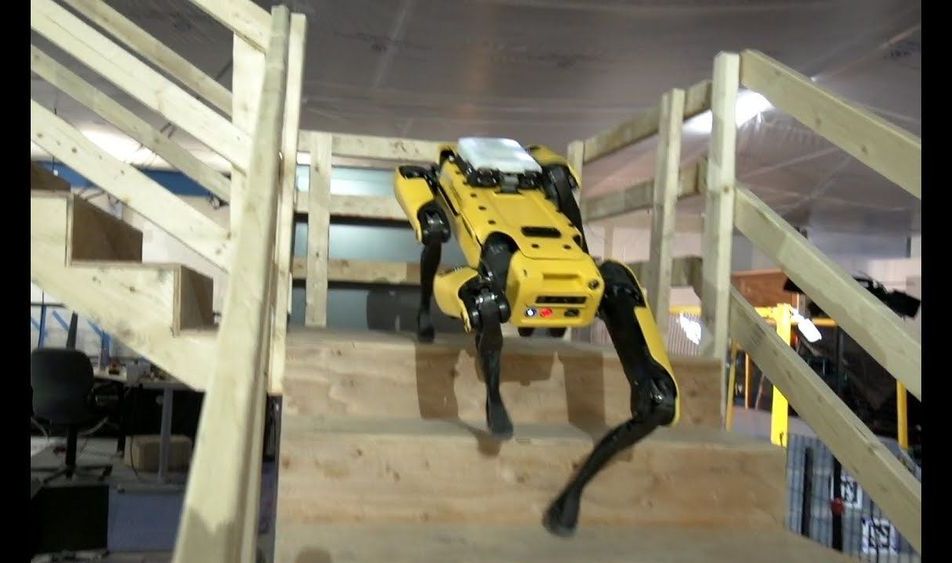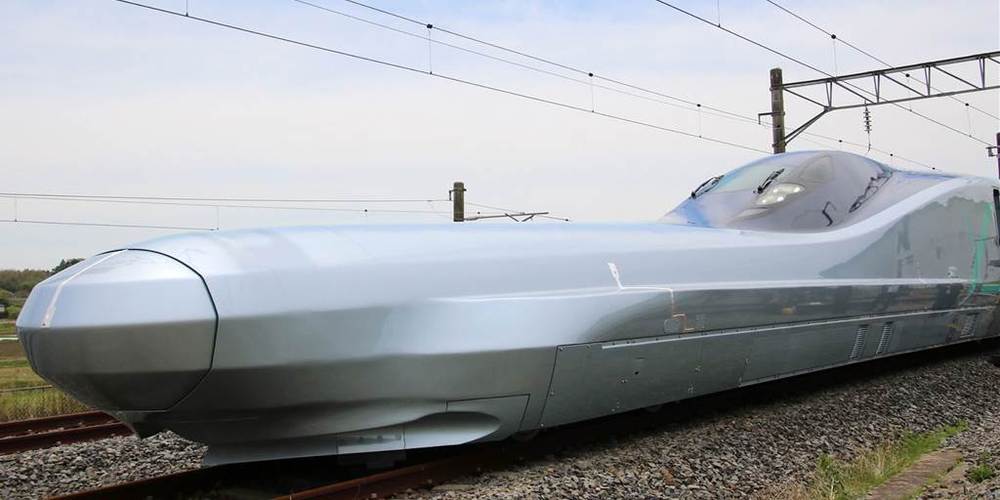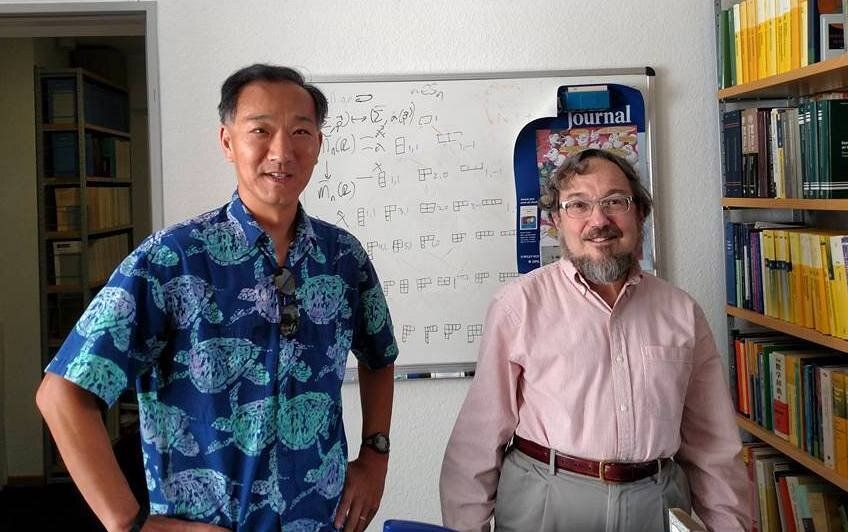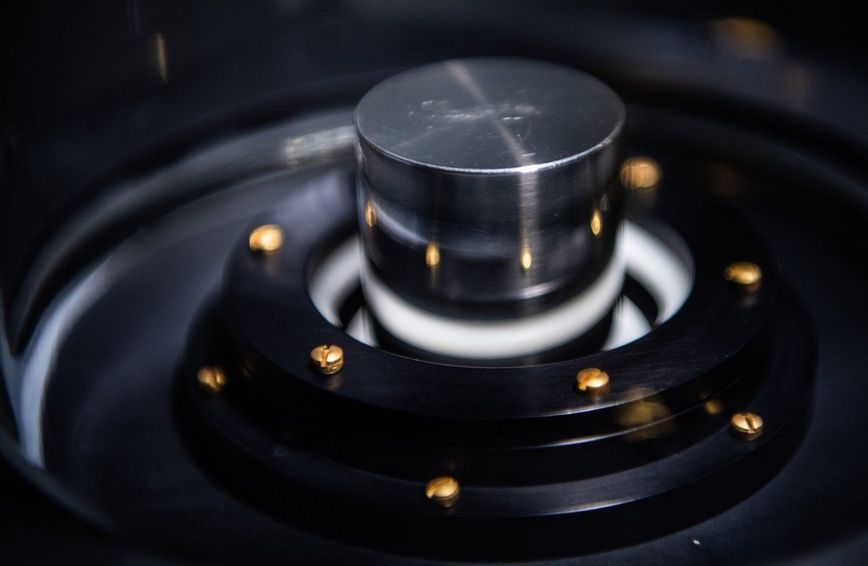May 21, 2019
Why lack of sleep is bad for your heart
Posted by Paul Battista in categories: biotech/medical, health
A new University of Colorado Boulder study, published in the journal Experimental Physiology, helps explain why.
It found that people who sleep fewer than 7 hours per night have lower blood levels of three physiological regulators, or microRNAs, which influence gene expression and play a key role in maintaining vascular health.
The findings could potentially lead to new, non-invasive tests for sleep deprived patients concerned about their health, the authors said.

















